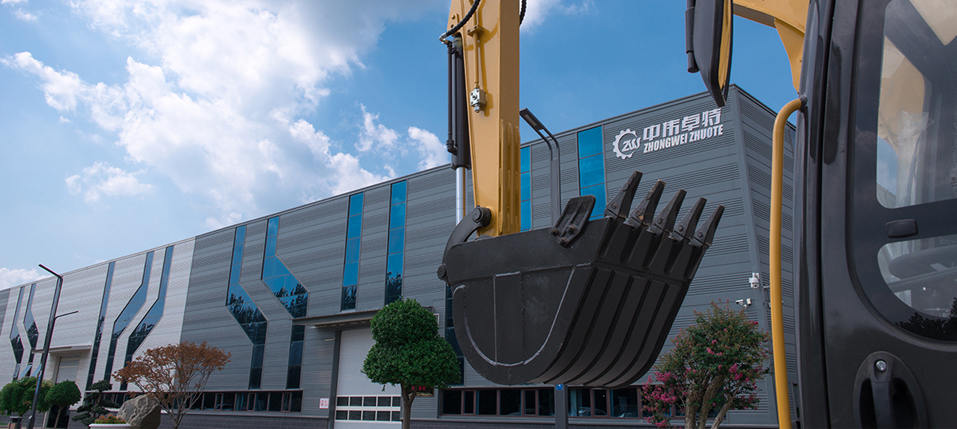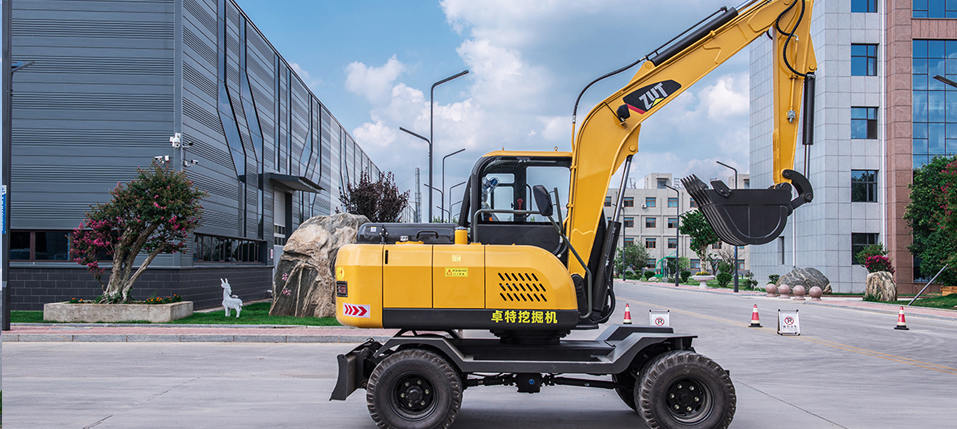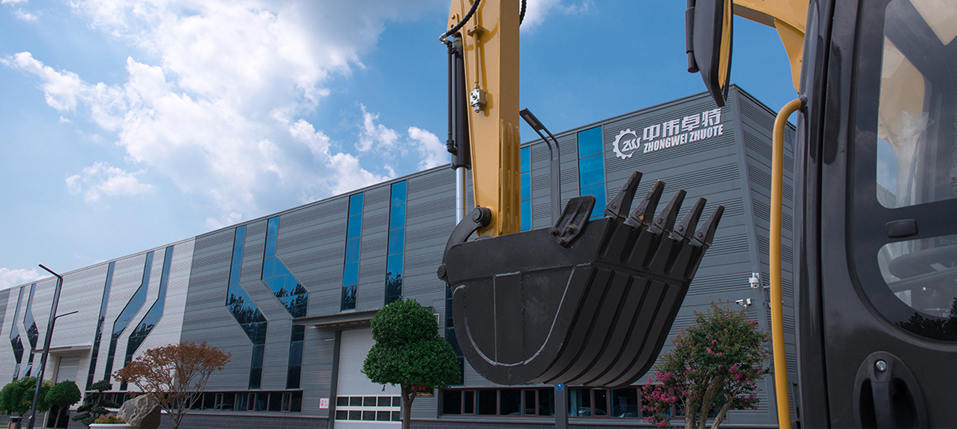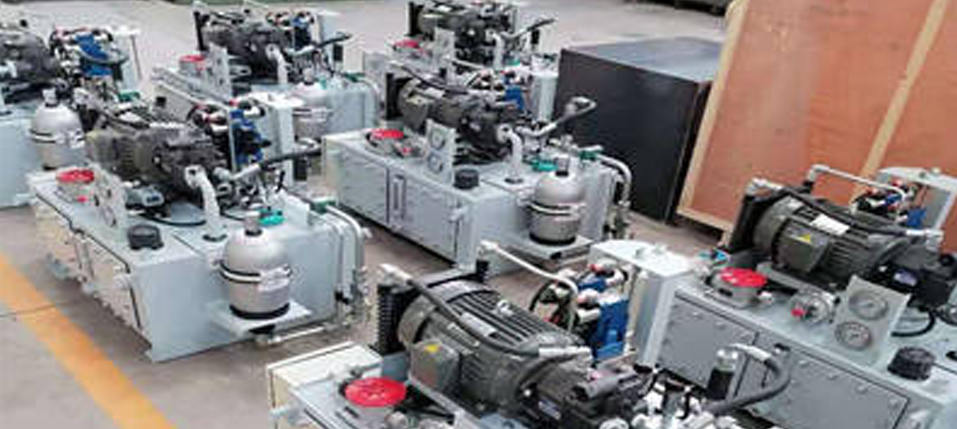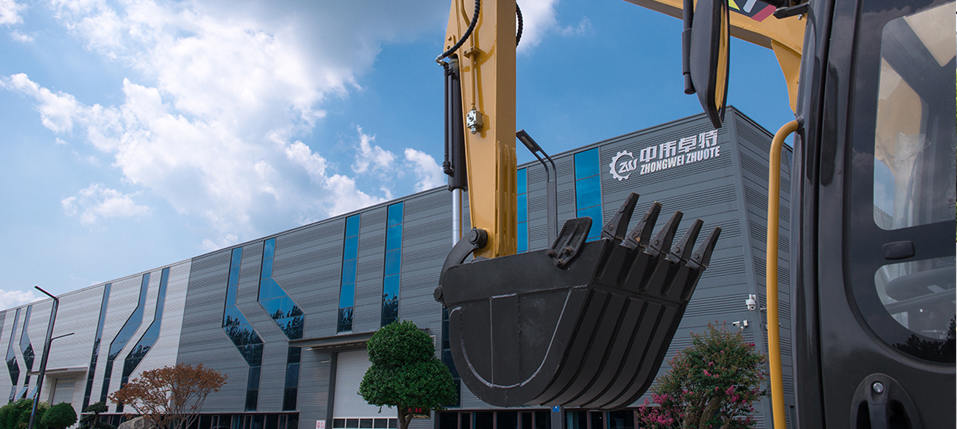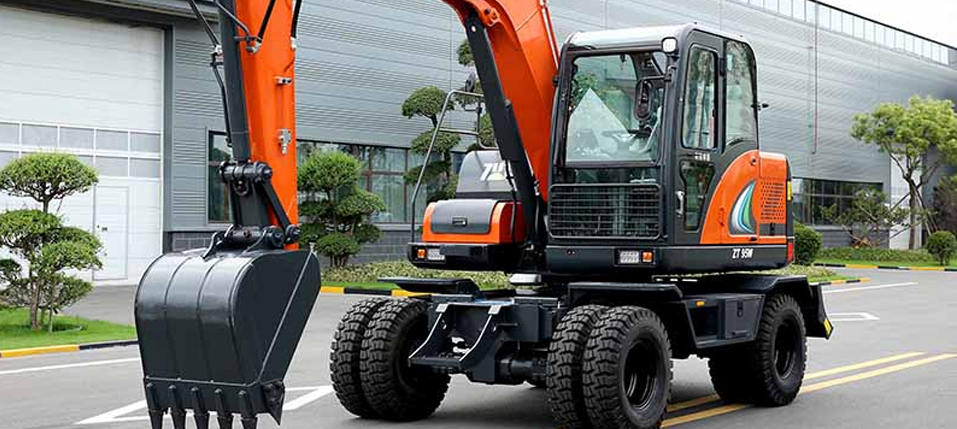System form of hydraulic transmission
Hydraulic components have been gradually standardized and serialized, and their specifications, varieties, quality and performance have been greatly improved. Especially after the adoption of new technologies and processes such as electronic technology and servo technology, the quality of hydraulic systems has been significantly improved. It has played a major role in the national economy and military industry. From different angles, the hydraulic system can be divided into different forms. (1) According to the circulation mode of the oil, the hydraulic system can be divided into an open system and a closed system. The open system means that the hydraulic pump sucks oil from the oil tank. After the oil passes through various control valves, it drives the hydraulic actuators, and the oil returns to the oil tank through the reversing valve. The structure of this system is relatively simple, and it can play the role of heat dissipation and precipitation of impurities in the oil tank. However, because the oil often contacts with air, the air is easy to penetrate into the system, resulting in unstable movement of the mechanism and other consequences. The open system has a large oil tank and good self-priming performance of the oil pump. In the closed system, the oil inlet pipe of the hydraulic pump is directly connected with the oil return pipe of the actuator, and the working fluid is closed and circulated in the pipeline of the system. It has a compact structure, less chance of contact with air, and air is not easy to penetrate into the system, so the transmission is relatively stable. The speed change and commutation of the working mechanism are realized by adjusting the variable mechanism of the pump or motor, which avoids the hydraulic shock and energy loss during the commutation process of the open system. However, the closed system is more complicated than the open system. Because there is no oil tank, the heat dissipation and filtering conditions of the oil are poor. To compensate for leaks in the system, a low flow charge pump and tank is usually required. Since the flow rate of the large and small chambers of the single-rod double-acting oil cylinder varies, the power utilization will decrease during the working process, so the actuator in the closed system is generally a hydraulic motor. (2) According to the number of hydraulic pumps in the system, it can be divided into single-pump system, double-pump system and multi-pump system. (3) According to the type of hydraulic pump used, it can be divided into quantitative pump system and variable pump system. The advantage of the variable pump is that it can make full use of the power of the engine within the adjustment range, but its structure and manufacturing process are complex and the cost is high. It can be divided into manual variables, as far as possible control variables, servo variables, pressure compensation variables, constant pressure variables , hydraulic variables, etc. (4) According to the different ways of supplying oil to the actuator, it can be divided into series system and parallel system. In the series system, the oil return of the previous actuator is the oil input of the next actuator, and the pressure will be reduced once every time it passes through an actuator. In the series system, when the main pump supplies oil to each actuator controlled by the multi-way valve, as long as the outlet pressure of the hydraulic pump is sufficient, the movement of each actuator can be combined. However, since the pressure of the actuators is superimposed, the ability to overcome the external load will decrease with the increase of the number of actuators. In a parallel system, when a hydraulic pump supplies oil to a group of actuators, the flow into each actuator is only a part of the output flow of the hydraulic pump. The distribution of flow varies with the external load on each piece. First, it enters the actuator with the smaller external load. Only when the external load on each actuator is equal, the simultaneous action can be realized. The pros and cons of the mechanical performance of the full hydraulic transmission mainly depend on the performance of the hydraulic system, including the quality of the components used and whether the basic circuit is appropriate. The quality of the system performance, in addition to meeting the functional requirements, should be carried out from the aspects of the efficiency of the hydraulic system, power utilization, speed regulation range and fine-tuning characteristics, vibration and noise, and whether the installation and debugging of the system are convenient and reliable. Almost all modern construction machinery adopts hydraulic system, and combined with electronic system and computer control technology, it has become an important part of modern construction machinery.










